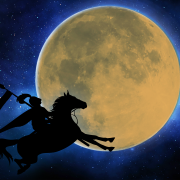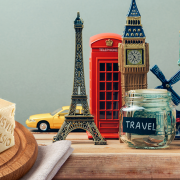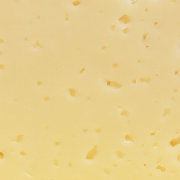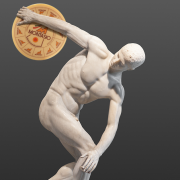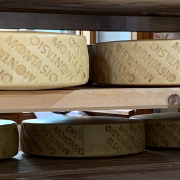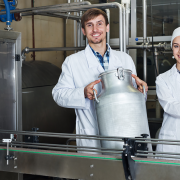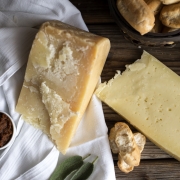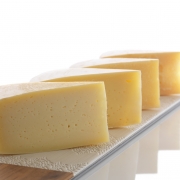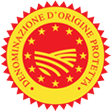Fairy tales. Even good neighbors love cheese: the secret of Agana.
In shepherd’s cottage on the Giulie and Carniche Alps, on the night in front of the fire, the stories of the woods and the creatures that inhabit them are told. Among all, Aganas stand out, very ugly wicked witches with twisted fingers and sharp noses, always ready to play tricks on the wanderer on duty, on those who are making wood or simply on those who are on the mountain meadows to play or have a picnic. It is said that once upon a time, Aganas were lovely and kind to people, to those people that they did not make them lose along the paths or slip into the stones: this is because they always had with them – tied to the belt – a bag full of cubes of the best cheese of the mountain: Montasio, which kept them always young, beautiful, happy and therefore kind. Then, someone stole their bags and without that delicious nourishment, Aganas began to age, their bones ached, and their mood deteriorated beyond repair.
The old people of the mountain, however, know the tricks to avoid falling into the traps of magical creatures: that’s why we decided to reveal the one to curry favor with Aganas, very simple and easy to make.
When you go to the mountains, never forget to take some diced Montasio with you in a bowl. And if you meet a grumpy old woman who tries to direct you to the stone pit, offer her the cheese. In fact, a small dice is enough to transform the witch into a sweet fairy who will offer to show you the most evocative corners of our Alps, that will turn you into a friend of the wild animals that hide in the woods and play with the great butterflies of the mountain and you will live an unforgettable trip.
Because you know, to feel good, to feel fit and to be in a good mood, it is necessary to eat in the best way; healthy food is the basis of our well-being and also the one of these magical creatures. This is why including Montasio in the diet of the whole family is the wisest choice; Montasio is a nutritious and good cheese that is good for everyone. And by all I mean everyone: those with lactose intolerance can enjoy it without fear, because Montasio at 60 days of aging is naturally lactose-free, transformed into lactic acid by some friendly bacteria that are added to the milk in the initial stages of production. Bring it to your picnics: Aganas will thank you!

